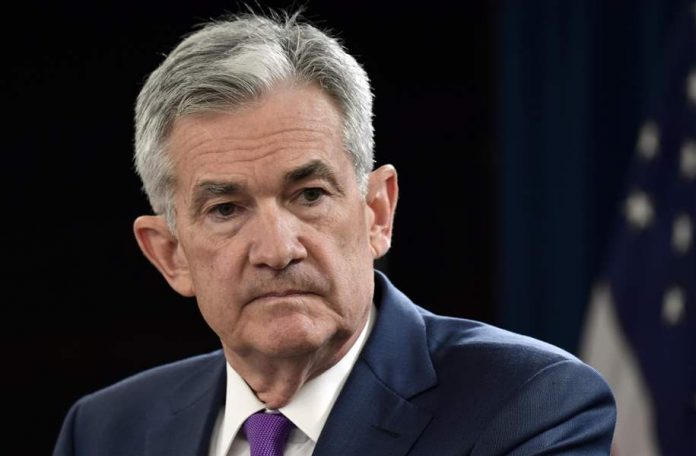Stocks chopped sideways today despite a hotter-than-expected inflation report. The Dow, S&P, and Nasdaq Composite remained mostly unchanged through noon.
Before the market opened, the September Producer Price Index (PPI) was released, revealing a 0.4% monthly rise in producer costs. Dow-polled economists expected an increase of just 0.2% by comparison.
Yearly PPI also exceeded estimates, rising 8.5% vs. 8.4% expected. That’s down from August’s reading of 8.7%.
“Prices remain elevated so it shouldn’t be a surprise to see producer goods and services rise. Keep in mind the increase is still below what we were seeing consistently month after month earlier this year,” said Morgan Stanley’s Mike Loewengart.
”No doubt the Fed still has its work cut out for them, and if tomorrow’s CPI read is hot, don’t be surprised to see some investors come to grips with how long the road to tamer inflation may be.”
Investors were indifferent to the data with a much more important report (September CPI) coming up tomorrow morning, and more imminently, minutes from the Fed’s last meeting set to be released this afternoon.
Discussions about the most recent federal funds rate dot plot (which was significantly higher than expected at the last meeting) will be of interest to traders. More specifically, the market wants clarity on how long the fed funds rate will remain at the target of 4.5%-4.75% and what would need to happen to spark a “Fed pivot.”
Most analysts believe, based on recent comments from Fed officials, that rates could stay uncomfortably high for quite some time as the Fed tries to bring inflation down to its 2% target.
Principal Asset Management’s Seem Shah correctly observed that investors should expect an even sharper earnings slowdown as a result.
“Markets struggled in the third quarter due to the synchronized global downturn,” Shah said this morning in a note to clients.
“With the Federal Reserve making clear its intention to keep rates higher for longer, these challenges will likely continue to plague markets through the remainder of the year and into 2023.”
Shah continued:
“The macro environment, and thus today’s investing landscape, is almost completely dependent upon upcoming inflation readings. While the August data showed that energy prices in the US improved significantly, core inflation, which excludes the often-volatile food and energy prices, reaccelerated—driving the Fed’s desire to move inflation back toward target levels and avoid a wage spiral,” Shah said.
“Despite the year-to-date declines, global valuations are still not particularly appealing. Investors should continue to move to a more defensive mix by underweighting equities and fixed income, and focus further on real assets.”
It’s not often that we heap praise upon mainstream analysts here, but Shah’s advice is looking like sage wisdom at this point. Stocks have fallen over the last year in response to rate hike fears. When corporate earnings really start to plunge, the selling could get downright parabolic.
And, when the Fed inevitably waves the white flag on rates, real assets are set for a major rally.
Assuming, of course, that Powell & Co. don’t shepherd the US into economic catastrophe, threatening the integrity of the global financial structure in the process.








